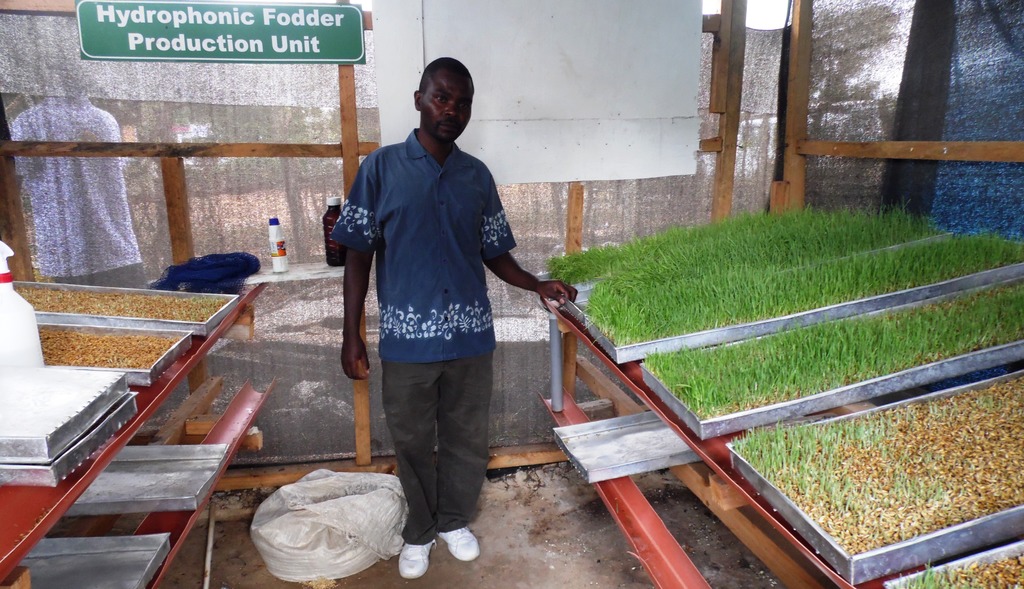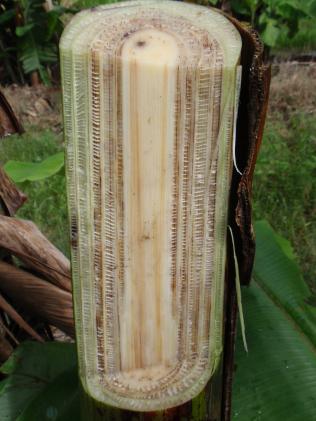More than 6,000 farmers in Kitui County have benefitted from free green grams donated by the County government of Kitui in collaboration with Kenya Red Cross.
The sh.100 million programme dubbed ‘Ndengu Revolution’ is meant to end food insecurity in the County that has been grappling with pangs of hunger for a long period of time. It is also aimed at improving the livelihoods of smallholder farmers and reduce poverty by spurring rural development.
READ ALSO: Green grams and groundnuts retailing highest across Kenyan markets
Kitui Governor Charity Ngilu says more than 88.5 metric tonnes green gram seeds are being distributed to farmers in various sub counties in the first phase of the project.
“We have a direct market where every kilogramme of ndengu will be purchased at Sh100. There will be no room for brokers who fleece farmers” said Ngilu. She noted that more idle land needs to be put into use as the short October – December rains continue.

Kitui Governor Charity Ngilu and Kenya Red Cross Secretary General Abbas Gullet distribute green gram seeds to smallholder farmers in Kitui County
Land preparation and planting of green grams
Prepare land early enough so that planting can start when the rains begin. Green grams can be planted alone or intercropped with other crops like maize. When planted alone, sow it 11/2 ft between rows and 1/2 ft between plants. One acre of land will require 2 to 4 gorogoros (4 to 8 kg) of seed for planting.
Weeding
The first weeding should be done 3 weeks after the seeds have emerged followed by the second weeding 6 weeks later.
Fertilizers
If the soils are poor, you can apply up to 12 gorogoros or 1/2 bag of DAP per acre.
Pests
Insect pests that attack green grams are bean aphids, bean fly and bruchid weevils
Pests’ control
Farmers are advised to plant certified seeds and practice crop rotation. Spray affected crops with Benomyl or copper oxychloride.
READ ALSO: Green grams sprout in arid Makueni
Diseases
The main disease that affects green gram is powdery mildew. You can detect it when you see whitish growth under the leaves. To control it use certified seed, practise crop rotation and spray crop with Benomyl or copper oxychloride
Harvesting
Harvest green gram when most of the pods have turned black. You can pick and dry individual pods or uproot the whole plant and dry it for about 2 days, then thresh and clean it.
Storage
You must dry green grams well before storing because bruchid weevils attack the stored grain. It is best to store the grain in covered tins, drums, pots or sealed containers. If you store it in bags, add the ash of neem leaves or buy super actellic and add 2 matchboxes full (50 g) to one 90 kg bag of green grams for protection against the bruchid. Mix the actellic or ash well with green grams before storage.
Yields
Average yields range from 1 to 2 bags (90 -180 kg) per acre. If you follow the above steps you can get up to 4 bags (360 kg) per acre.
Seeds can also be obtained from Kenya Seed Company or the Kenya Agricultural and Livestock Research Organization.
Write comment (0 Comments)

















